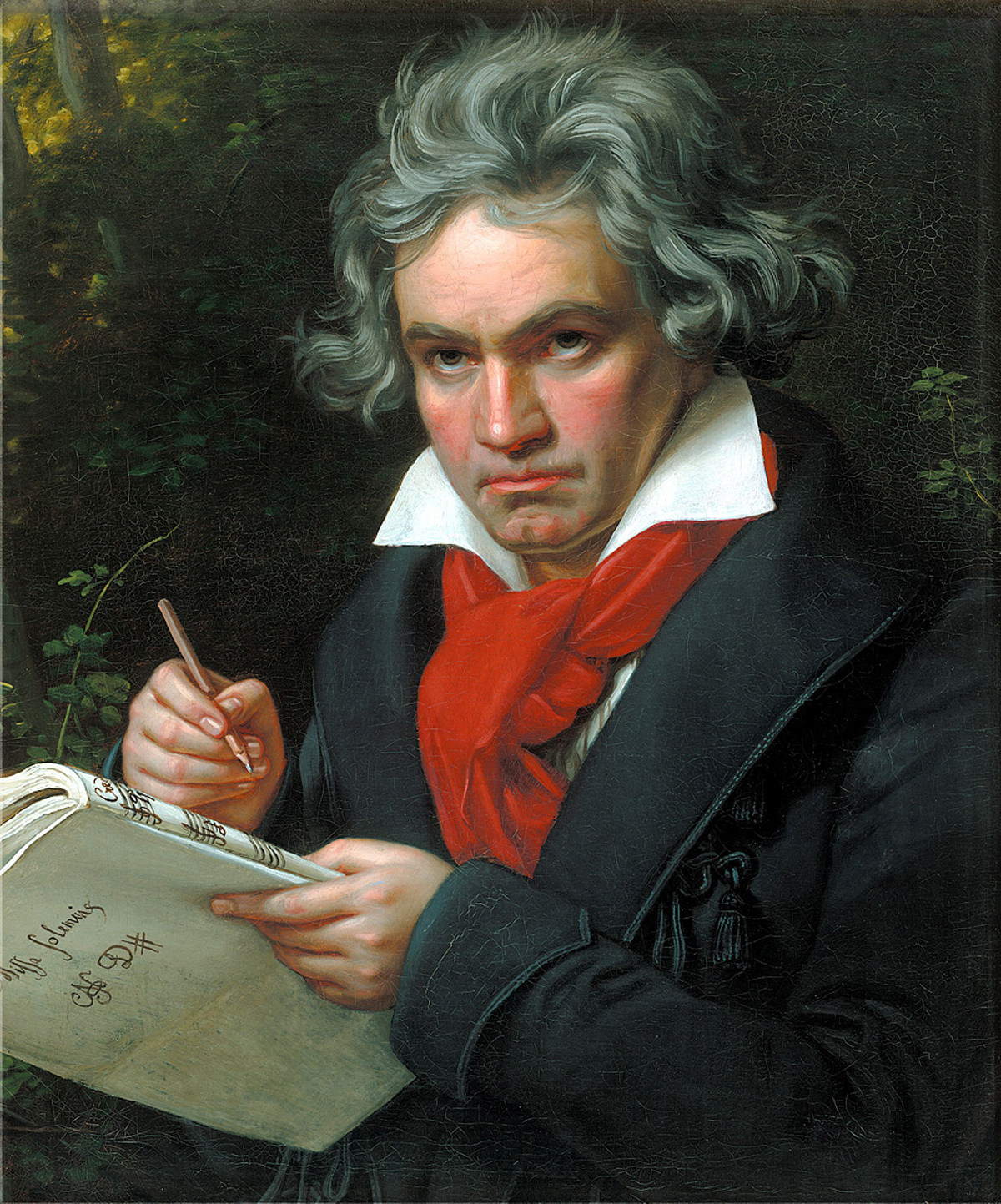
During the months prior to the seismic shift in our world, patrons of South Florida Symphony Orchestra enjoyed a wonderful season of concerts, under the baton of Maestra Sebrina Alfonso, celebrating 250 years since the birth of Ludwig van Beethoven in Bonn, Germany. That year we were treated to many of his most beloved works. However, one of the Master's most iconic symphonies did not make the 2019/20 Season cut. Today's concert will fill that gap.
As many of us may recall, young Ludwig left Bonn in March of 1787 for Vienna with the intention of studying with Mozart, but his plans were immediately upended by news of his mother’s imminent demise. As his musical, but hopelessly alcoholic, Father was incapable of dealing with the situation, at sixteen Beethoven returned home for the next five years to look after Dad and his two much younger brothers. He finally returned to Vienna in 1792 where he studied with Joseph Haydn as Mozart had died.
By the time Beethoven had finished composing his third symphony, he had been living in Vienna for 12 years. He was 34 and, while he still had some hearing, he had been going deaf for at least six years already.
Today's symphony is markedly different from the classism of his first two. Though adhering to the traditional four movements, this monumental work is widely regarded as heralding Romanticism and the commencement of a new direction for Beethoven's future compositions. At almost an hour in duration, it exceeds almost all previous symphonies in length, to say nothing of its innovative harmonies and soaring emotional content. Originally, the composer dedicated the work to First Consul Napoleon Bonaparte but, that dedication, was soon crossed out as Napoleon crowned himself as Emperor.
Following the opening chords, the theme of the sonata form first movement is introduced by the cellos. From this moment forward, the complex intertwining, and inversions of musical motifs, harks back to Mozart's final symphonies. Towards the end, notice the unexpected entrance of the French horn with the main theme while the strings are playing the dominant chord.
The adagio second movement is in the form of a protracted funeral march and, indeed, is often isolated from the rest of the symphony to be used for that very moving personal purpose.
The third, and shortest, movement marked, "Allegro vivace", is just that. After funeral gloom, a lively scherzo is designed to revive our spirits.
Evidence suggests that the fourth, and final, movement of the "Eroica" was in fact the initial impetus for the entire work. The theme, chosen by Beethoven, had already been used by him in other compositions. To conclude this symphony, he develops the theme through ten brilliant variations.
Program note by: Ian A. Fraser